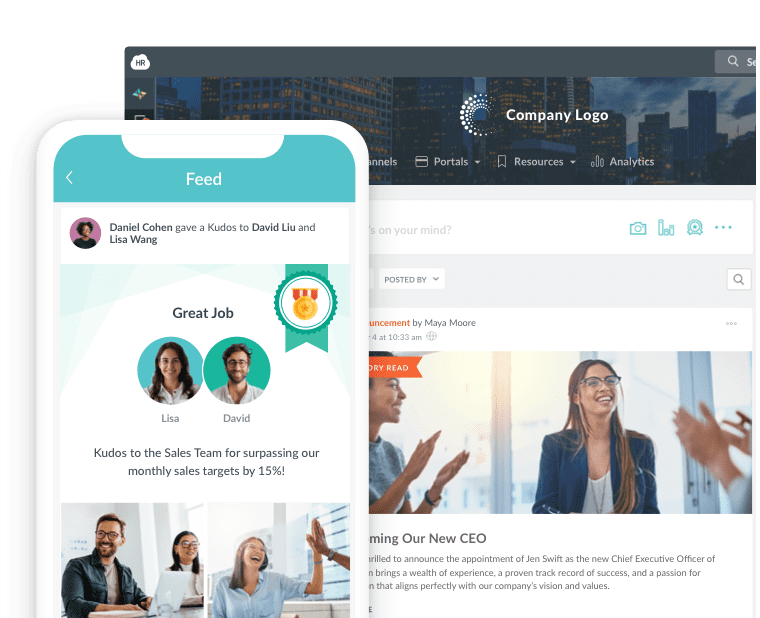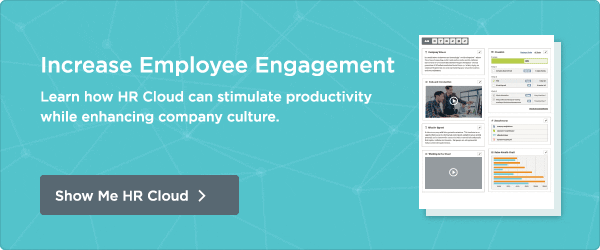Achieving Gender Balance & Diversity in the Work Place

 Try
Out
Our
Try
Out
OurEmployee Engagement Software For Free

A recent Harvard Business Review article, “Stop ‘Fixing’ Women and Start Fixing Managers” reviews a study on gender parity conducted by Dr. Elisabeth Kelan and King’s College and sponsored by KPMG. The study examined the results of a series of questions posed to 15 CEOs, across industry. “What are your challenges with gender parity in the work place?” According to the study, 3 issues stood out.
1. Management Failure. There’s just not enough time in the day for managers to focus on gender parity. According to the study, “Many CEOs believe that the lack of women in an organisation is a management failure and as such the result of shortcomings in systems, processes and people necessary to progress gender parity in their organisations. The time restraints of leaders was frequently cited as one explanation for why many do not choose to focus on gender parity.”
A great CEO is typically supported by an equally great or better team of executives that help to support organizational culture. “Shortcomings” in the system point directly to a lack of leadership at the top. You may have a CEO that is interested in gender parity, but he can’t steer that ship all by himself. Training the leadership how to work across genders and allowing the training to trickle down to line managers and staff is key to building a foundation that stresses gender parity.
Instead of asking women to change, organizations are now adapting themselves. Sally Krawchek, one of Wall Street’s leading ladies and now head of 85Broads, a powerful women’s network, shared this tip: “Educate managers on the business differences between men and women in the workplace and then spend even more educating your managers on the difference between men and women.” Sounds obvious, right? But the bottom line is, if leadership doesn’t make the time, it’s not going to be important enough for anyone else to take notice.
2. Social Expectations. Can trying to “have it all” be contributing to the challenge as well? The CEOs in this study seem to think so. They “recognised that careers required temporal and spatial flexibility which was often driven by client demands, and saw women as struggling with this flexibility because of their commitments outside of work.” The responses also pointed to maternity leave, family responsibilities, and lack of support on the home front as perceived challenges to women in the work place. The CEOs also mentioned that women continue to be perceived as less ambitious by leadership and are not as frequently recognized for their success.
How interesting. These biases still exist, yet how many years have we been talking about these issues? Decades. “Deep rooted social expectations” still prevail among leaders who say they care about gender parity, yet find it’s difficult to make strides towards axing away at those roots.
Coca-Cola Company is one organization making impactful change with respect to gender parity and women in the work place. They have been recognized for their efforts, and the numbers support it. A Today.com article mentioned, “Under Coke’s Global Women’s Initiative, senior-level positions held by women have increased to nearly 30 percent globally from 23 percent, according to the company’s records. Coke’s initiative extends beyond its doors to empower and train women in their communities.” Key to their success is the implementation of a plan that includes milestones, benchmarks, and accountability for managers. To further support the manager accountability concept, Coke’s CEO, Muhtar Kent, shared, “One way to provide clarity for managers is to make it a core goal that impacts pay. You start shaping your compensation around success in this program,” Kent said. “When you talk about it in those terms, it really resonates.”
3. Competition for Female Talent. The CEOs responded that finding female talent can be difficult, especially when competing in very narrow subject areas such as technology and science. HR can help organizations team up with university programs to aid in developing the necessary skill sets that can help align more women to technology and science. Start by providing education on job functions that are trending in to 2020. Your knowledge in these areas and ability to partner with local schools will begin to help build a pipeline of talent for your industry. Plus, you’ll be seen as a thought leader with the ability to impact change.
Achieving gender parity is hard work. It doesn’t happen overnight and can take years to fully reach potential. Start now by starting at the top. Leadership needs to own the initiative and share it with everyone.
Keep Reading
Benefits of Having a Company Intranet
Company intranets have been a part of corporate life since the mid-'90s. But in the last
Top 8 Workvivo Alternatives for 2024
Meta recently announced that it is shutting down its employee communications tool







